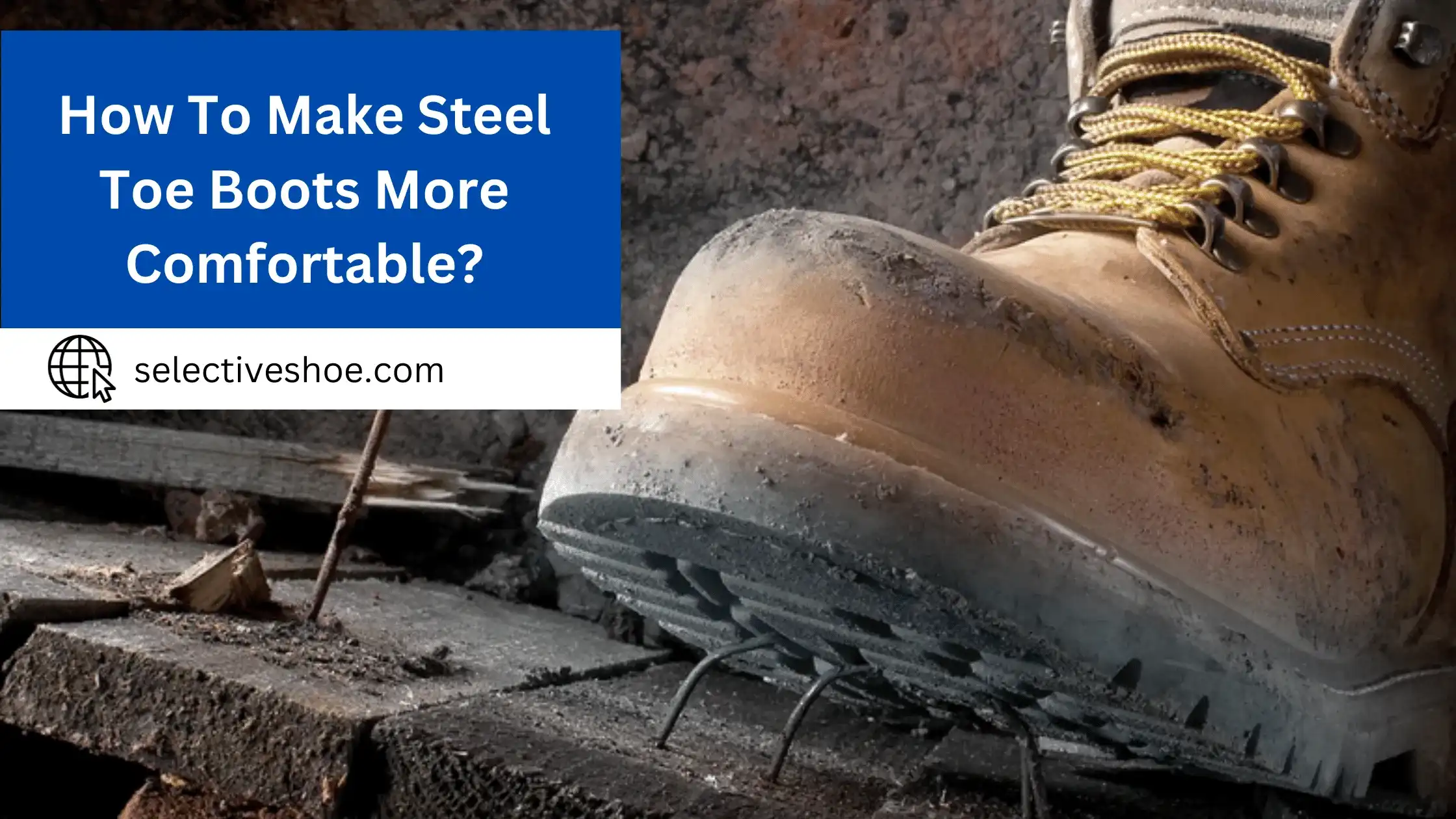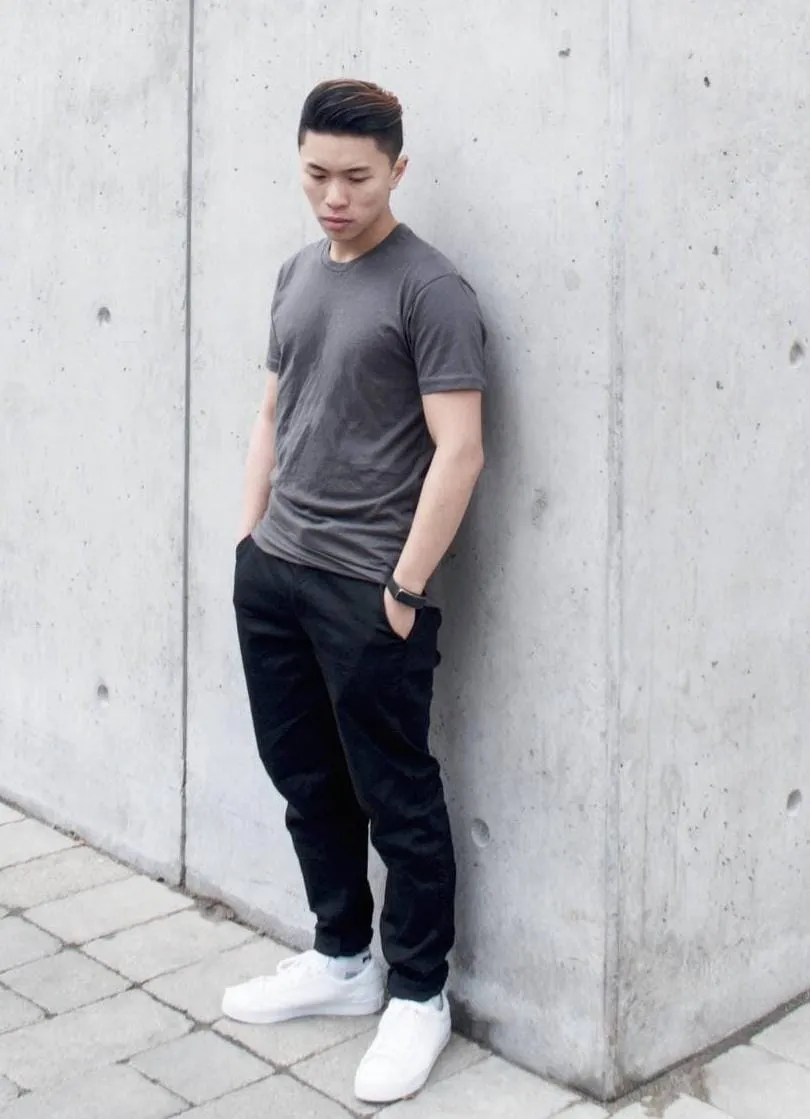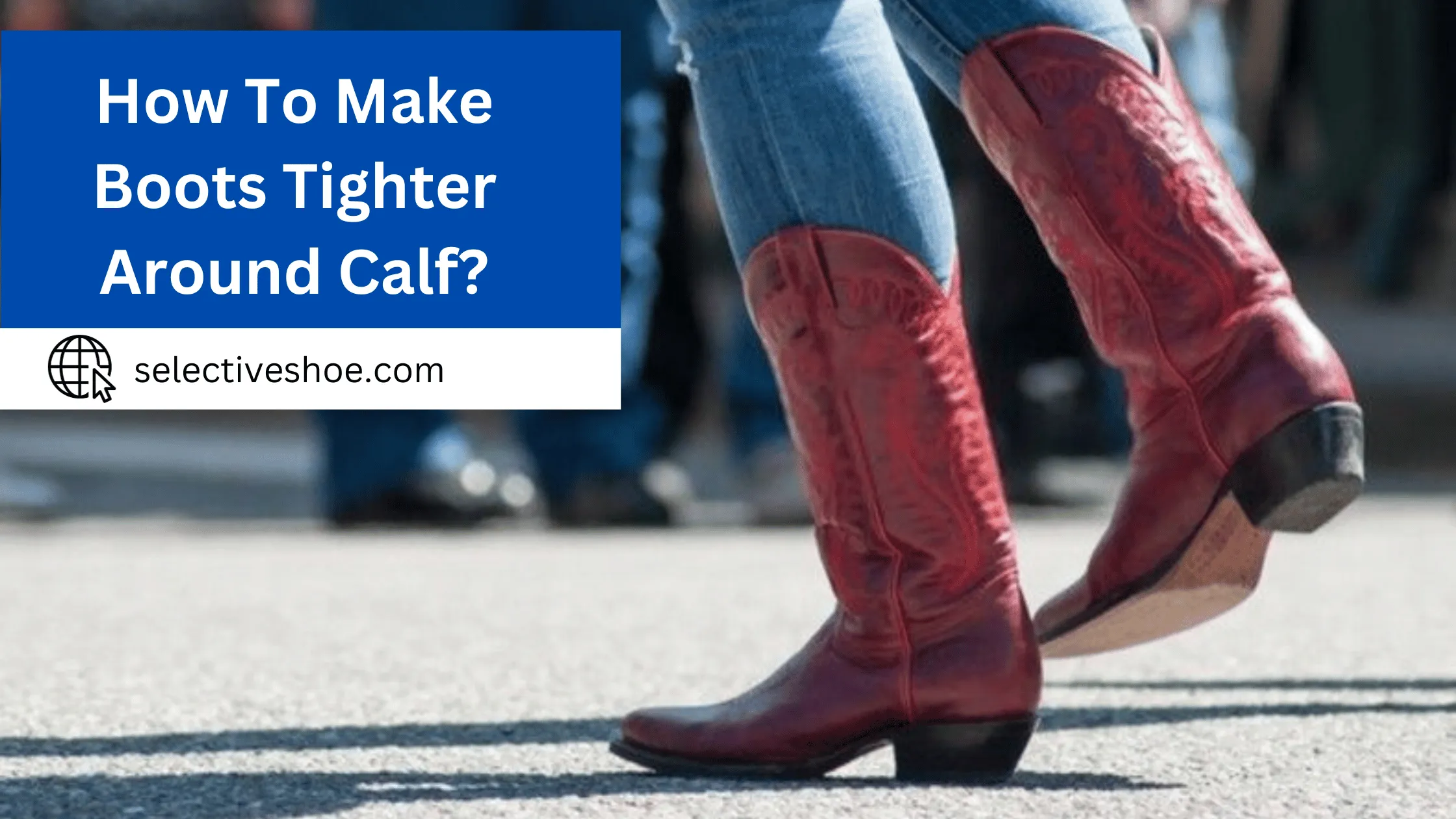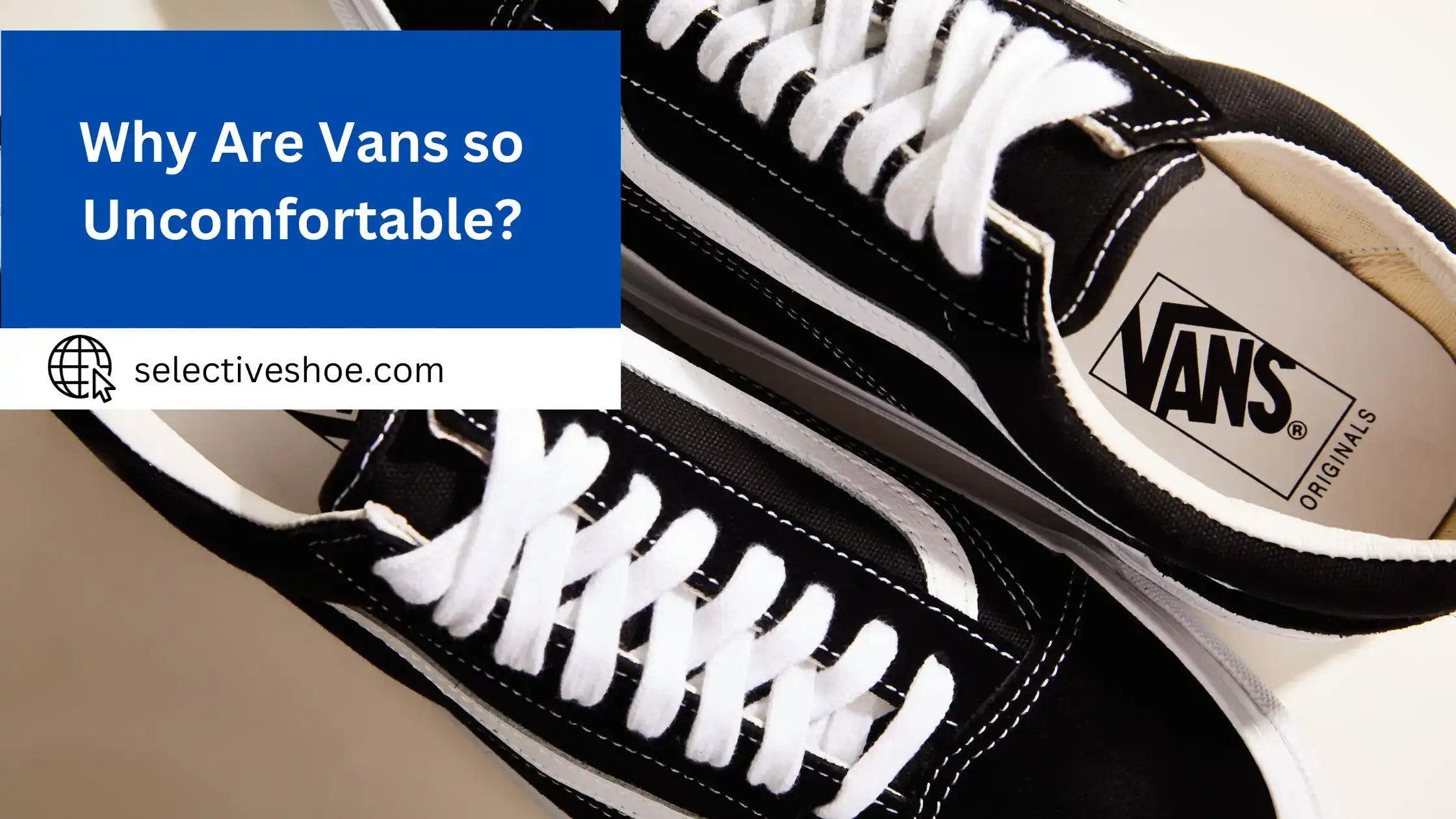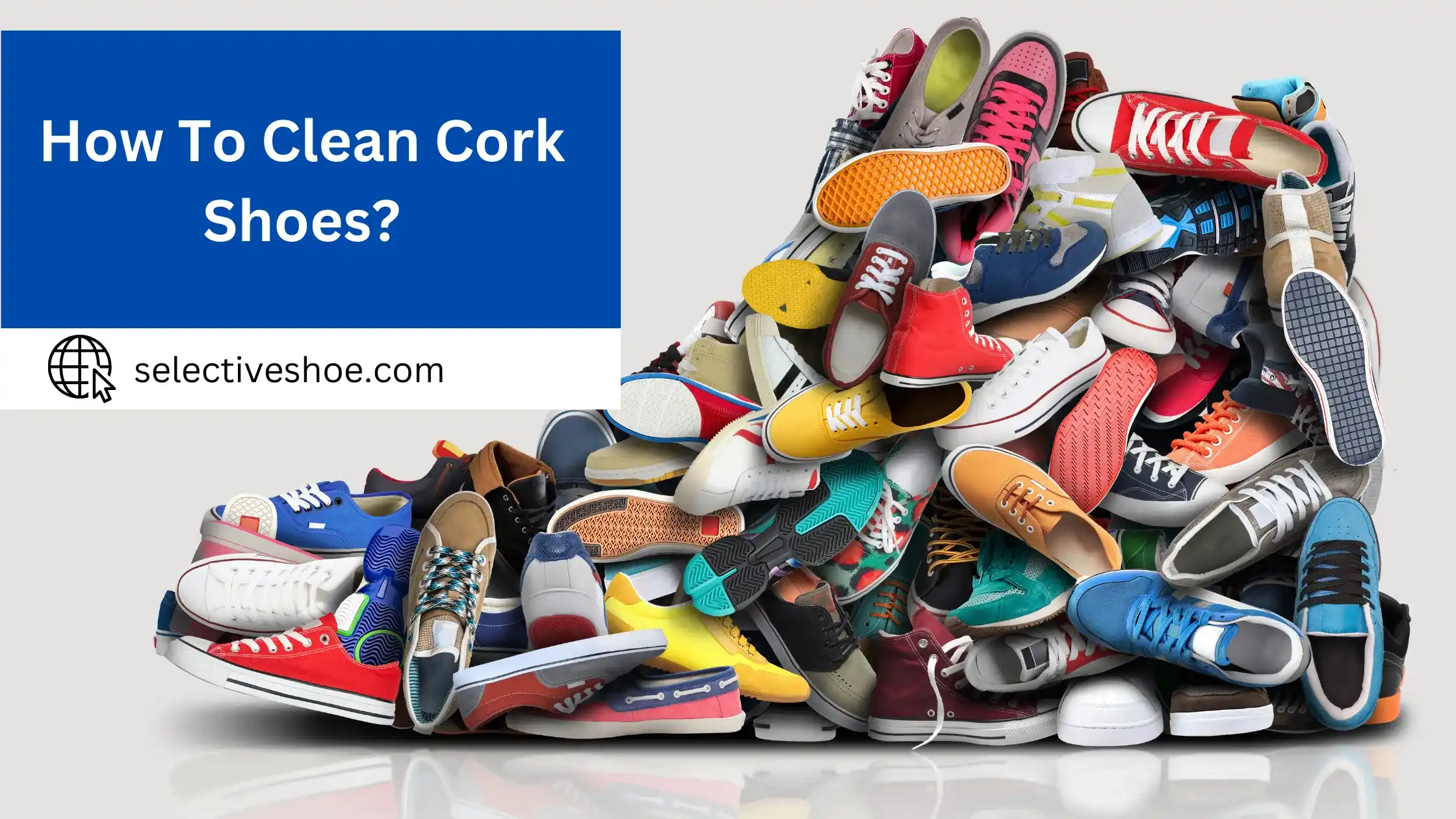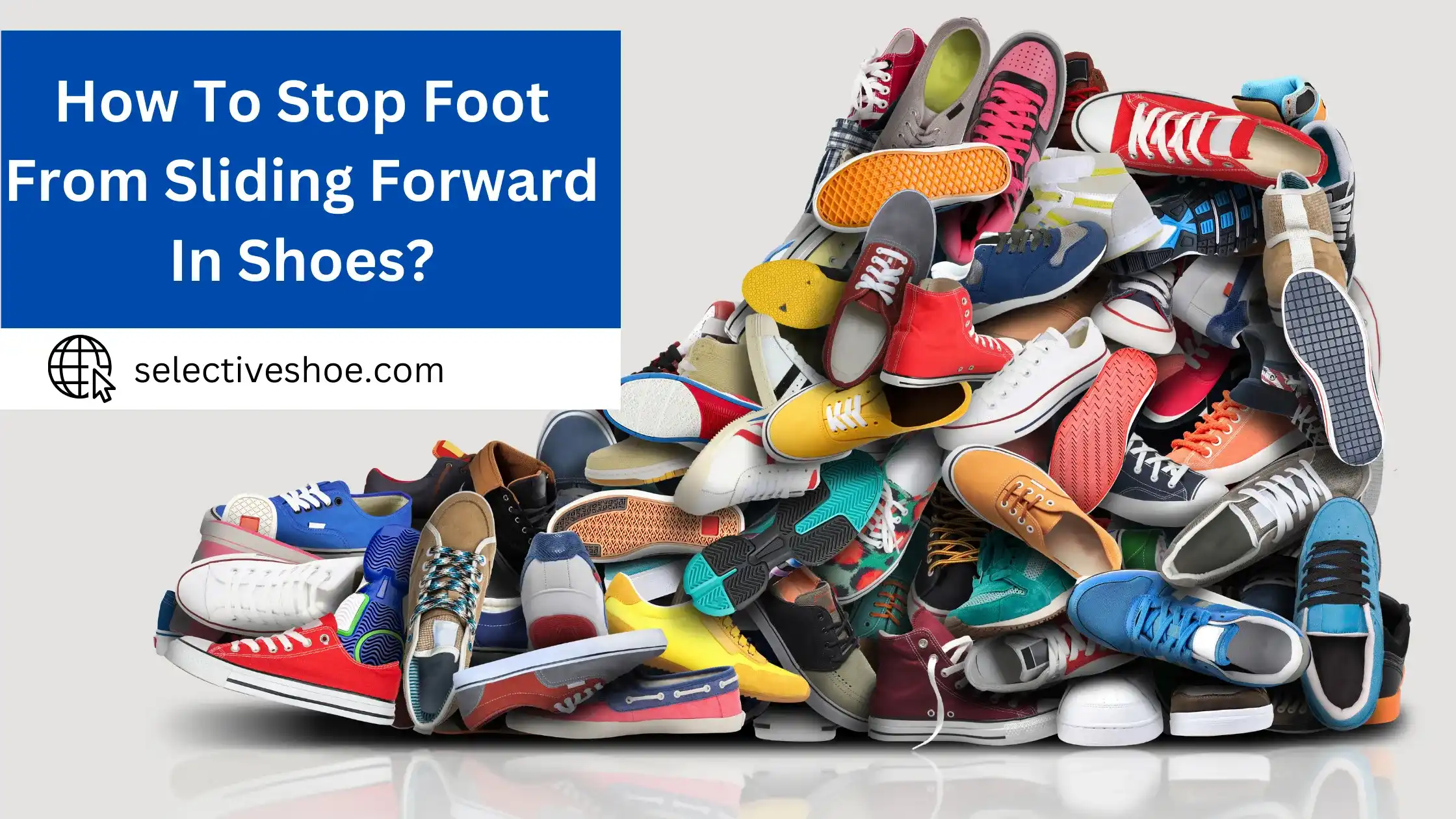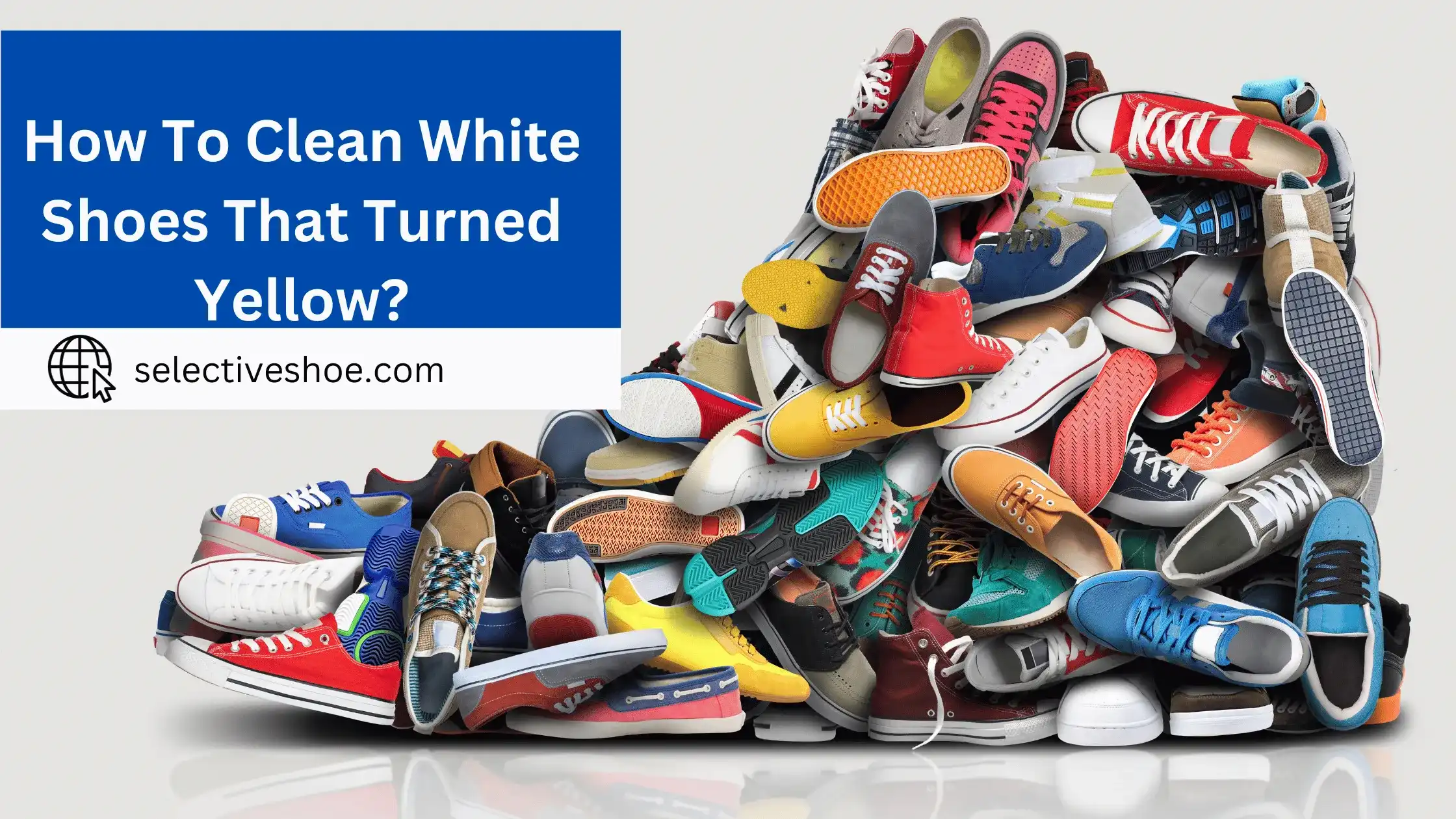Steel-toe boots provide maximum protection and support when dealing with hazardous tasks; however, traditional steel-toe footwear is often too bulky or uncomfortable. After years of trying to find the perfect pair of work boots that could be durable and comfortable, I wonder whether there is a way to make steel-toe boots more bearable.
Here, I’ll share my findings on how to upgrade your current steel toe set so they’re easier to wear. We will look at simple ways to improve your trusty steelies' overall fit and feel. So let’s get started!
Step-by-Step Guide On How To Make Steel-Toe Boots More Comfortable?
Drawing from my experience and expertise in workplace safety, I’ll provide a step-by-step guide to make steel-toe boots more comfortable, a process I’ve refined over time.
Choose The Right Fit:
The first step is ensuring the boots fit correctly. They should be snug but not tight, with enough room to wiggle your toes. I learned that boots that are too tight can cause significant discomfort and pain.
Invest In Quality Insoles:
Replacing the standard insoles with high-quality, ergonomic ones made a huge difference for me. Look for insoles that offer good arch support and cushioning.
Proper Socks Are Key:
Thick, cushioned socks specifically designed for work boots can greatly enhance comfort. I noticed fewer blisters and pressure points when I switched to these socks.
Break-In The Boots:
Gradually breaking in the boots is crucial. I started wearing them for a few hours daily, gradually increasing the duration. This process helps soften the leather and mold the boots to the shape of your feet.
Use A Boot Stretcher:
If the boots are too tight in certain areas, using a boot stretcher can help. I used one to expand the toe area slightly, which made a significant difference.
Maintain And Condition The Leather:
Regularly cleaning and conditioning the leather keeps it supple and prevents it from becoming too stiff. This maintenance routine made my boots more comfortable over time.
Lacing Technique Matters:
Experiment with different lacing techniques to find what works best for your feet. I discovered that looser lacing near the toe and tighter lacing at the top provided a balance of comfort and support.
Consider Boot Bands:
If the top of the boots rub against your legs, consider using boot bands or padded collars for extra comfort. Through trial and error, I found that these steps significantly improved the comfort of my steel-toe boots, making long hours on my feet much more bearable.
Cushioning And Support:
Comfort, cushioning, and support are vital in reducing fatigue and minimizing discomfort. One of the best ways to achieve this is by adding gel or foam inserts to your boots.
These inserts provide an extra cushioning layer and improve overall comfort throughout the day. I’ve found gel inserts to be incredibly effective in reducing foot fatigue during long shifts.
Additionally, consider using orthotic inserts for better arch support. Steel-toe boots often lack sufficient arch support, leading to foot pain over time. Orthotic inserts offer much-needed support, aligning your foot correctly and reducing strain on the muscles and tendons. The difference in comfort is remarkable, and I wish I had discovered this sooner.
Moisture Management:
Moisture buildup inside steel-toe boots can cause discomfort and even lead to foot problems. To prevent this, opt for moisture-wicking socks. These specialized socks are designed to remove moisture from the skin, keeping your feet dry and comfortable throughout the day.
Trust me; the difference between regular socks and moisture-wicking socks is significant. Additionally, consider using breathable boot liners. These liners promote airflow within the boots, allowing moisture to evaporate and preventing the accumulation of sweat. This simple addition can make a difference, especially during hot and humid working conditions.
Preventing And Managing Blisters:
Blisters are a common concern when wearing steel-toe boots, and they can make your workday unbearable. To prevent blisters, I use blister prevention patches. These adhesive patches create a protective barrier between your skin and the boots, reducing friction and preventing blisters from forming. I’ve used these patches, which have been a game-changer in keeping my feet blister-free.
If a blister develops, it’s essential to know how to manage it effectively. Applying moleskin or medical tape over the blister can relieve and protect it from further irritation.
Clean the area thoroughly and apply an antiseptic ointment before covering it. With proper care, blisters heal quickly, allowing you to get back on your feet comfortably.
Don’t let discomfort hold you back; take proactive steps to make your steel-toe boots an ally in your workday. Stay comfortable, stay productive!
Regular Maintenance And Care:
Regular maintenance and care are crucial. In my personal experience, I once should have paid more attention to the regular maintenance of my car. To avoid misfortunes, I recommend the following practices:
Cleaning After Use:
I brush off any dirt or debris from my boots every day after work. I’ll wipe them down with a damp cloth if they’re filthy. This habit prevents buildup that can degrade the material over time.
Drying Boots Properly:
If my boots get wet, I dry them naturally at room temperature, away from direct heat sources. I learned early on that direct heat can warp the leather and weaken the glue that holds the boot together.
Conditioning The Leather:
About once a month, I apply a leather conditioner to keep the leather supple and prevent it from cracking. I remember how my first pair of steel-toe boots broke and became uncomfortable, which could’ve been prevented with regular conditioning.
Checking And Replacing Insoles:
Comfortable insoles are a game-changer. I check them regularly for wear and replace them as needed, which I find necessary every few months due to the heavy use.
Inspecting For Damage:
Regularly, I inspect my boots for any signs of damage, particularly in the steel toe area and the soles. This is crucial for safety, as well as comfort.
Lacing Them Right:
I ensure my boots are laced correctly every time I wear them. Proper lacing provides support and prevents foot fatigue.
Conclusion:
After trying all these tips, your steel-toe boots can be a comfortable second skin. I know this because I have experienced it myself! I only wore safety shoes once I needed them for a particular job. The first time wearing steel-toe boots was very uncomfortable. But after following the tips mentioned earlier, they became much more comfortable and often feel like regular sneakers. Even if you don’t need them all the time, knowing how to make steel-toe boots more comfortable is still handy information in case you ever need to wear them.
